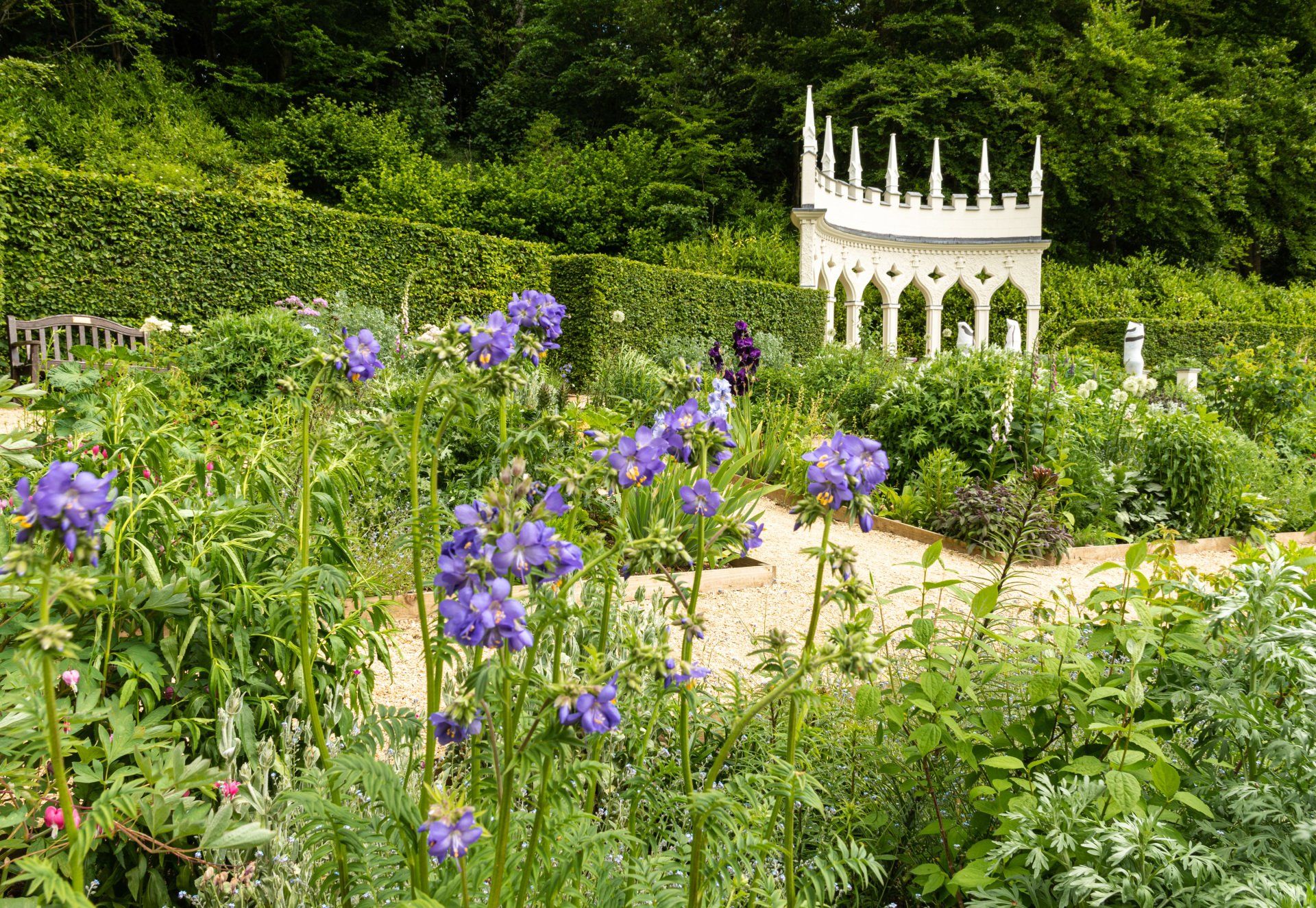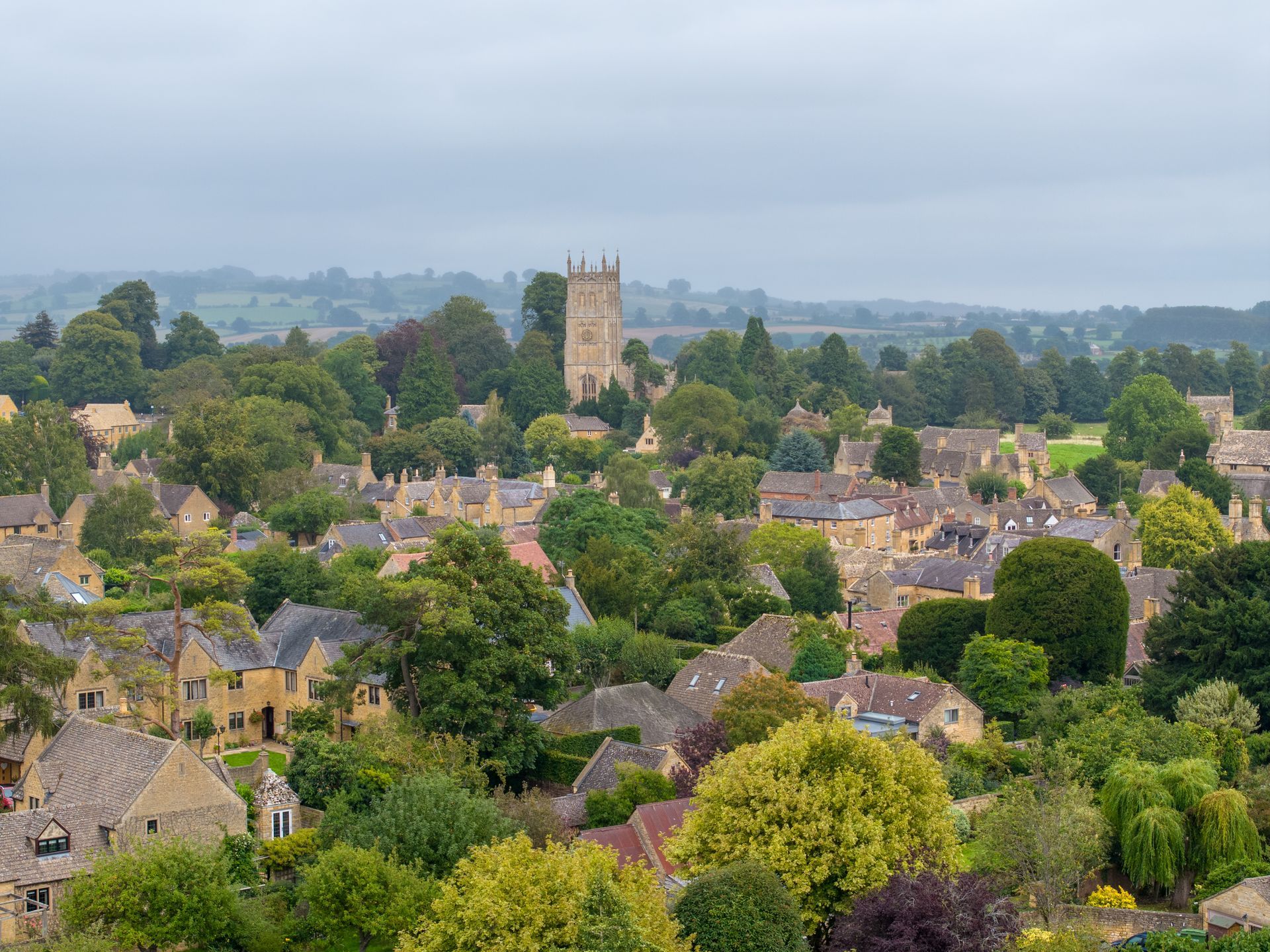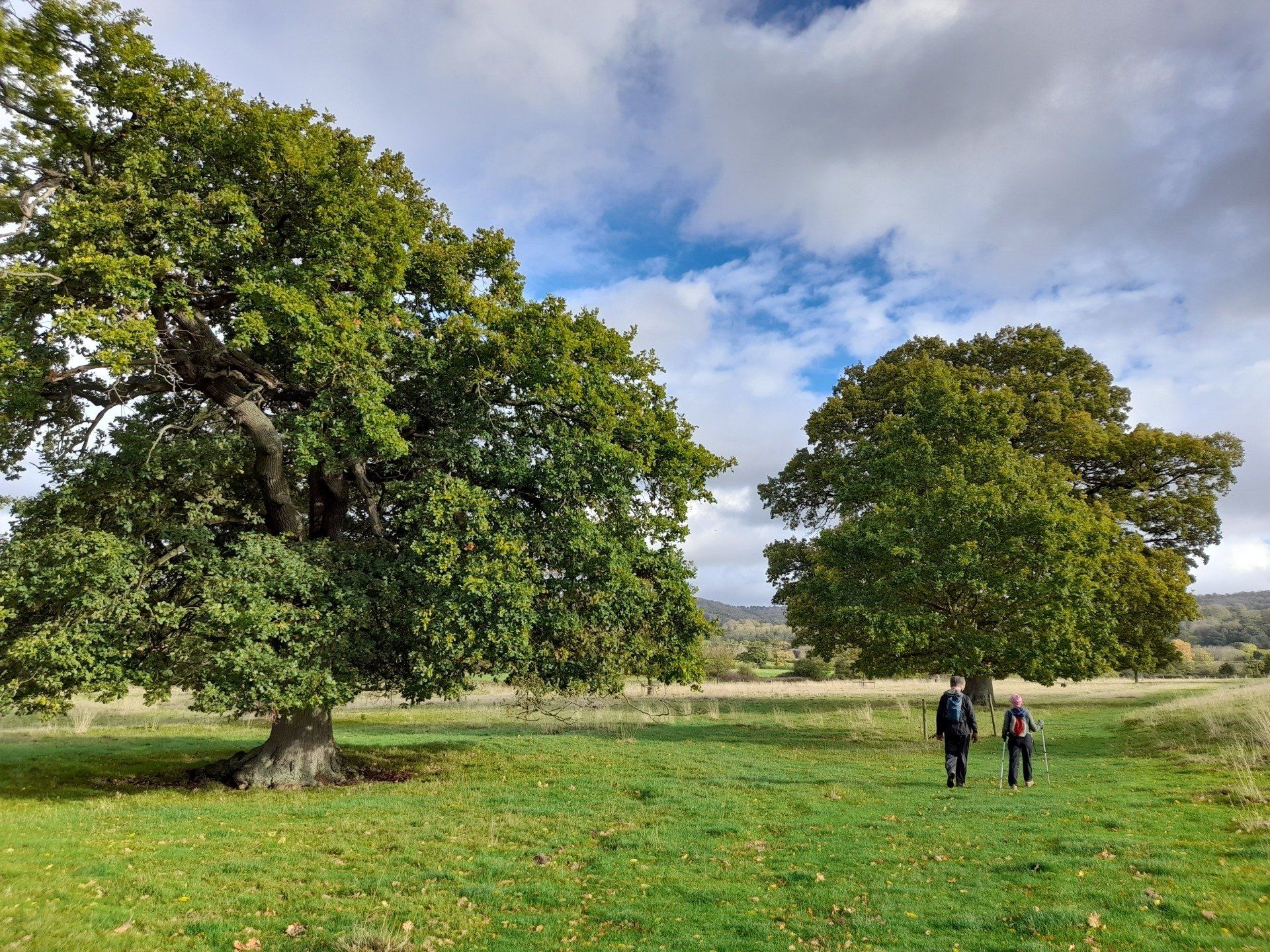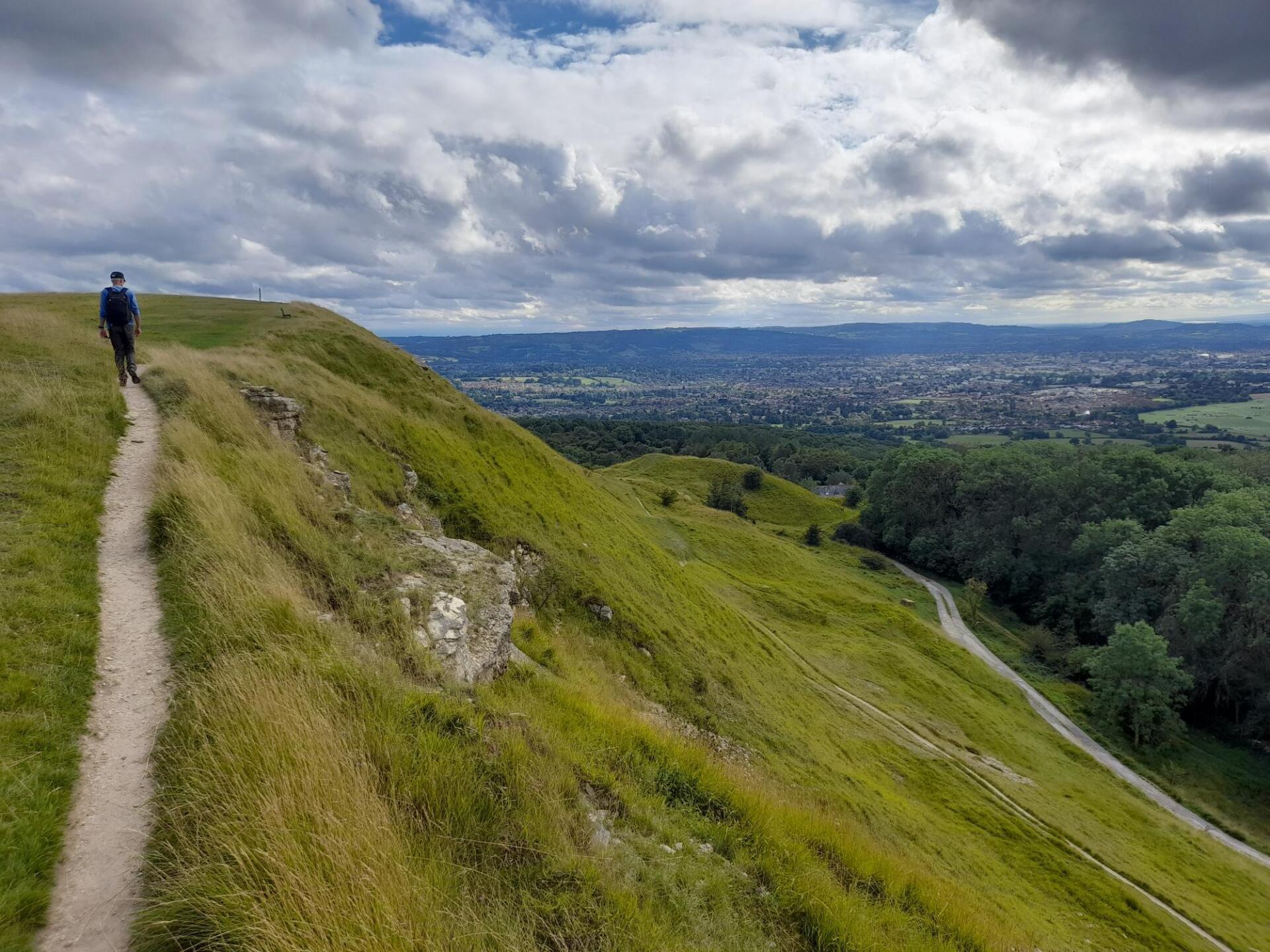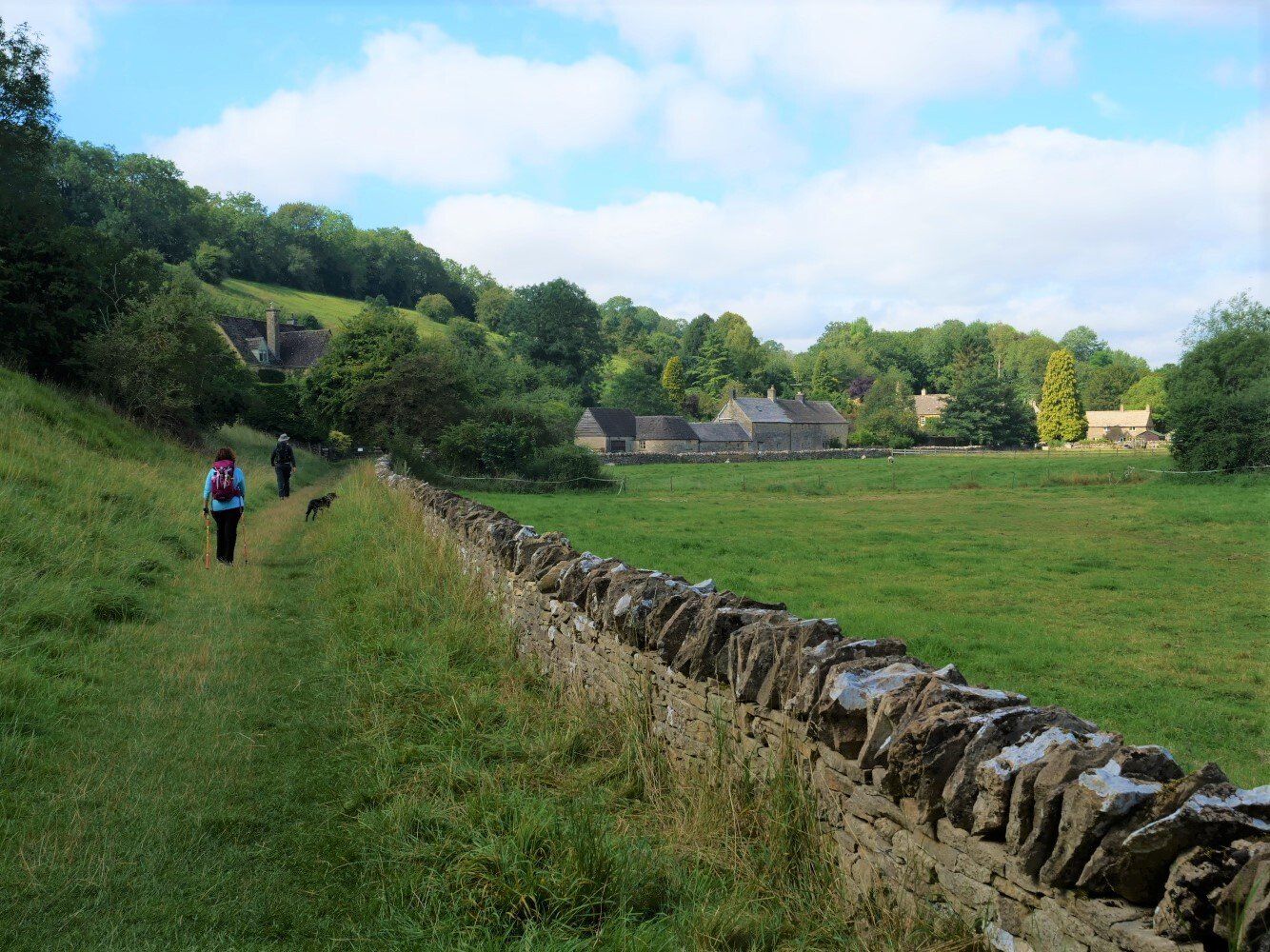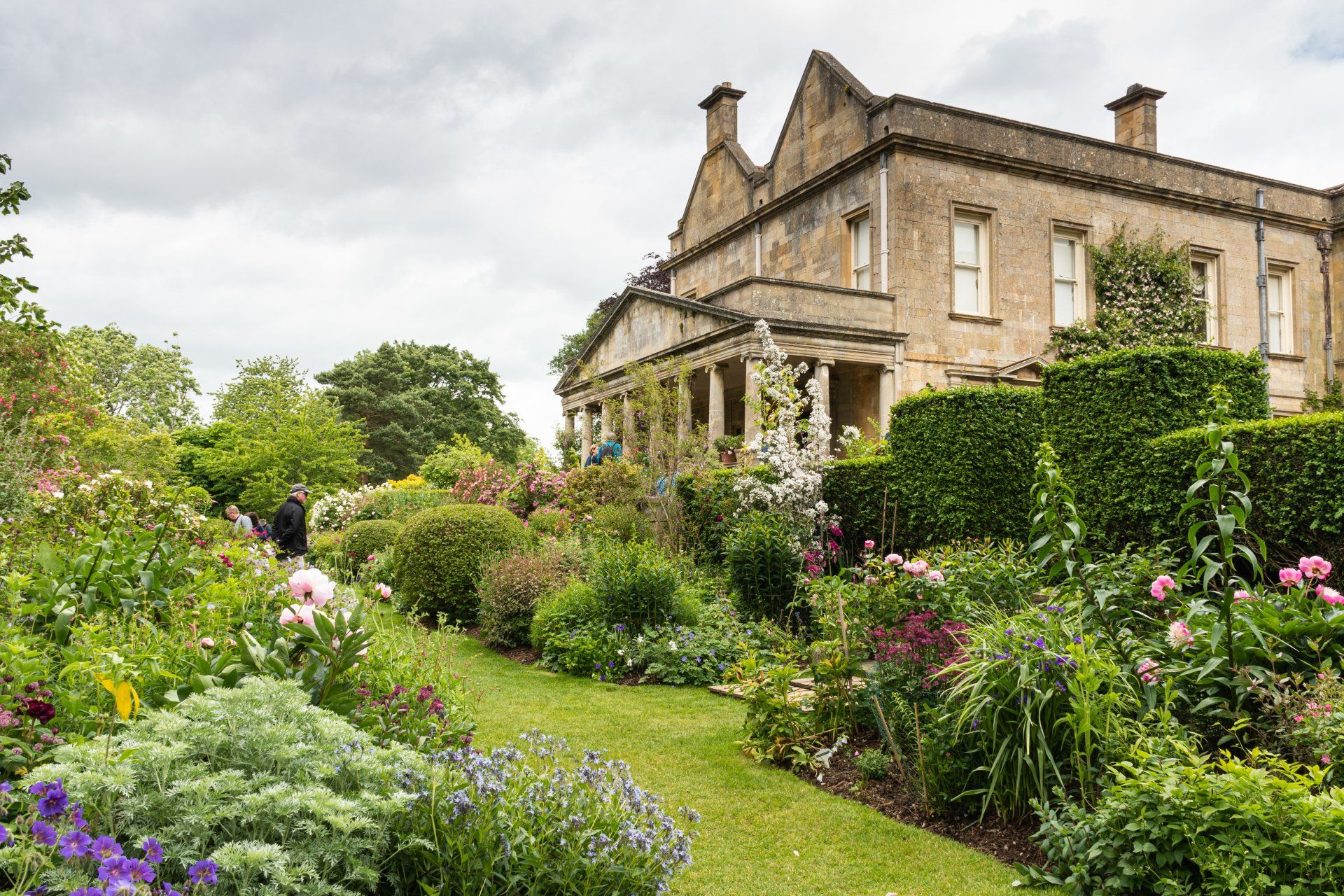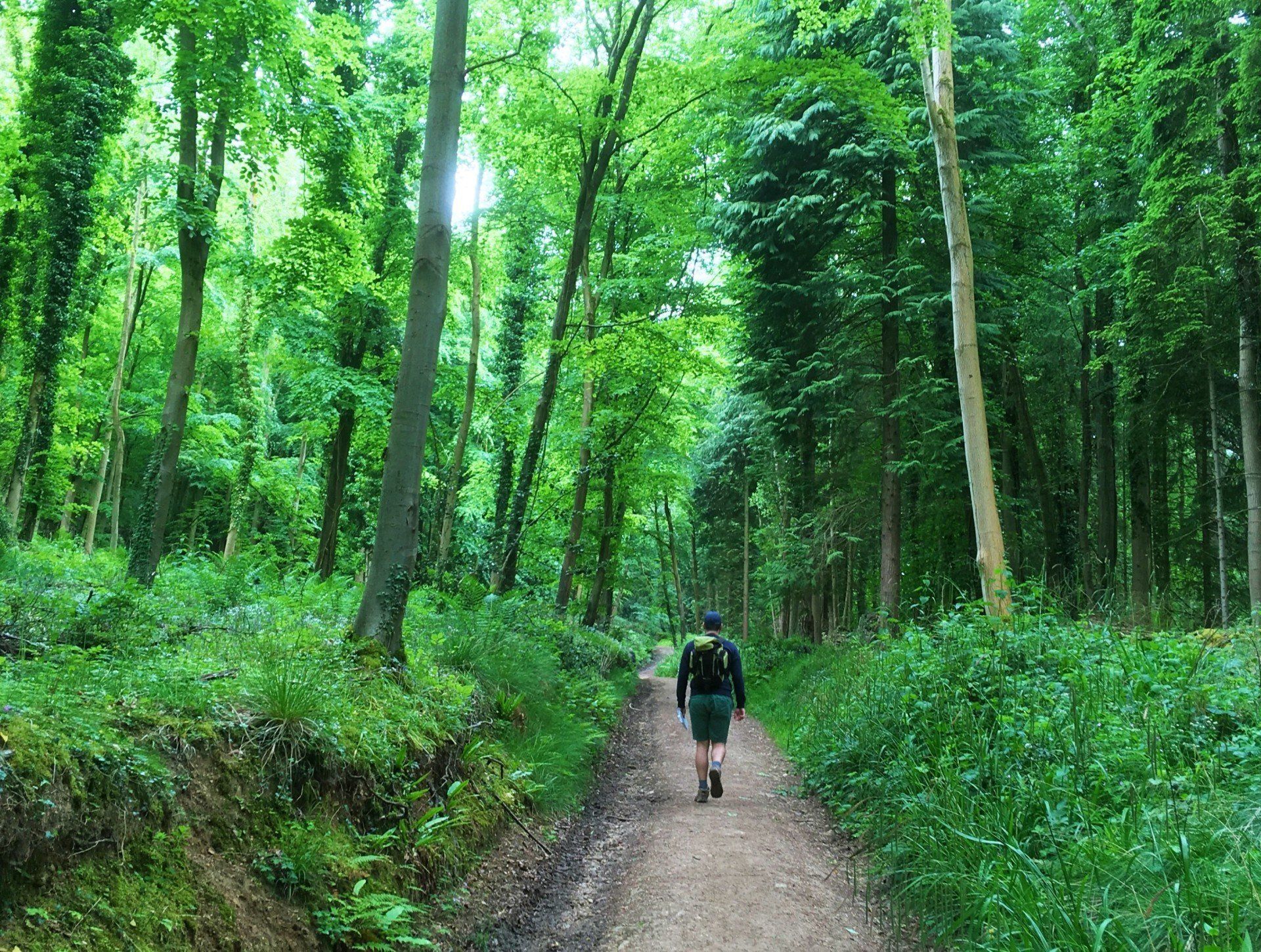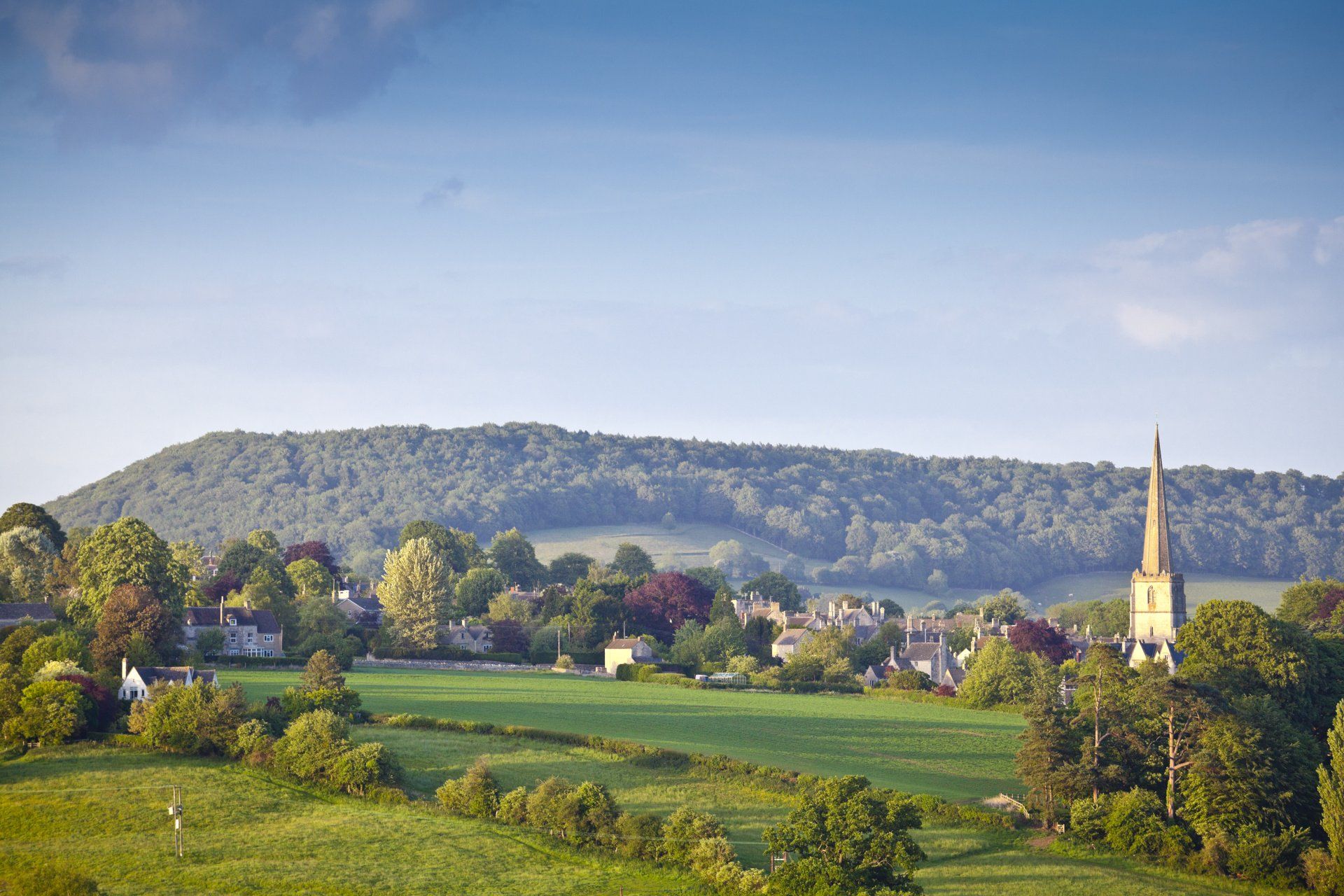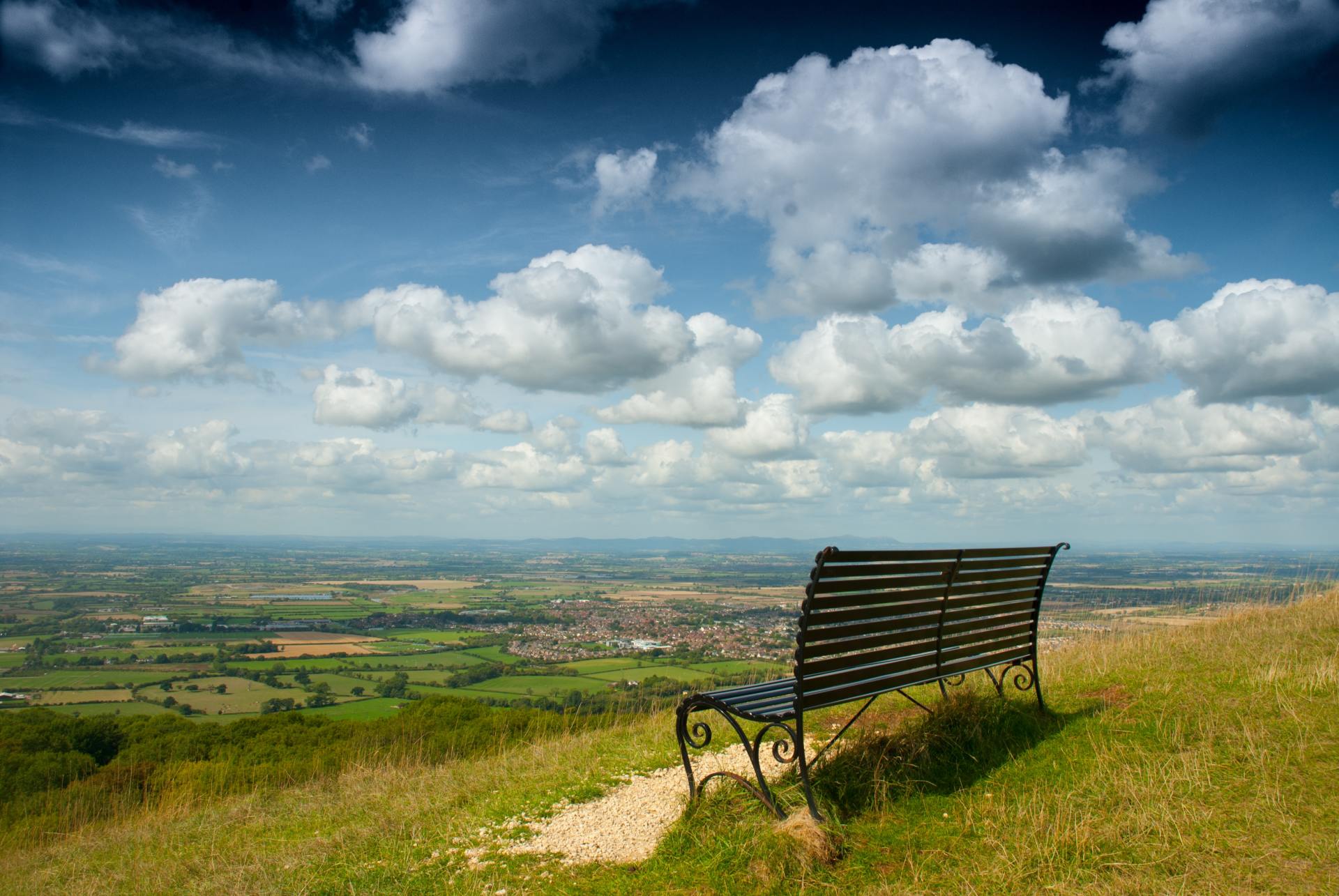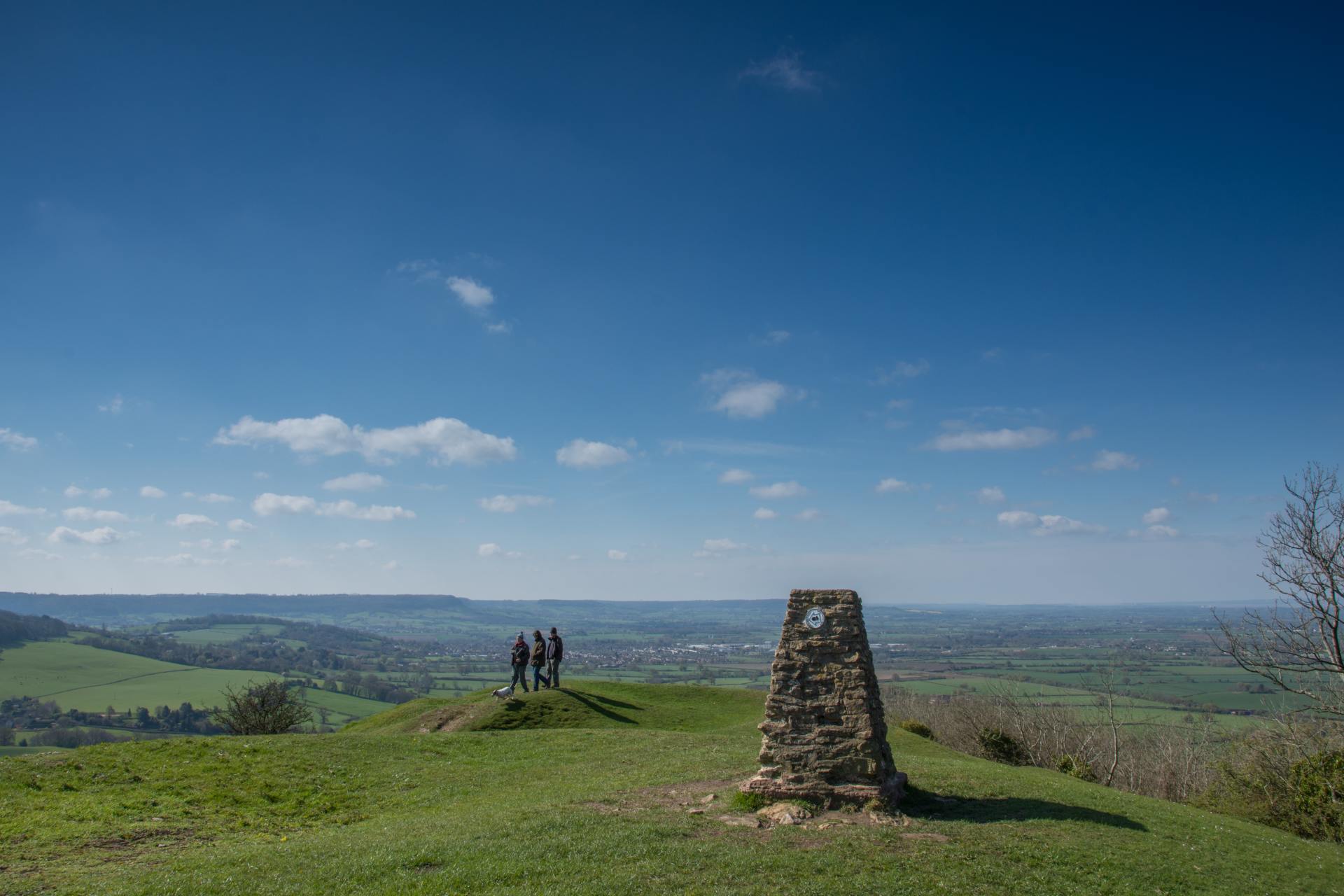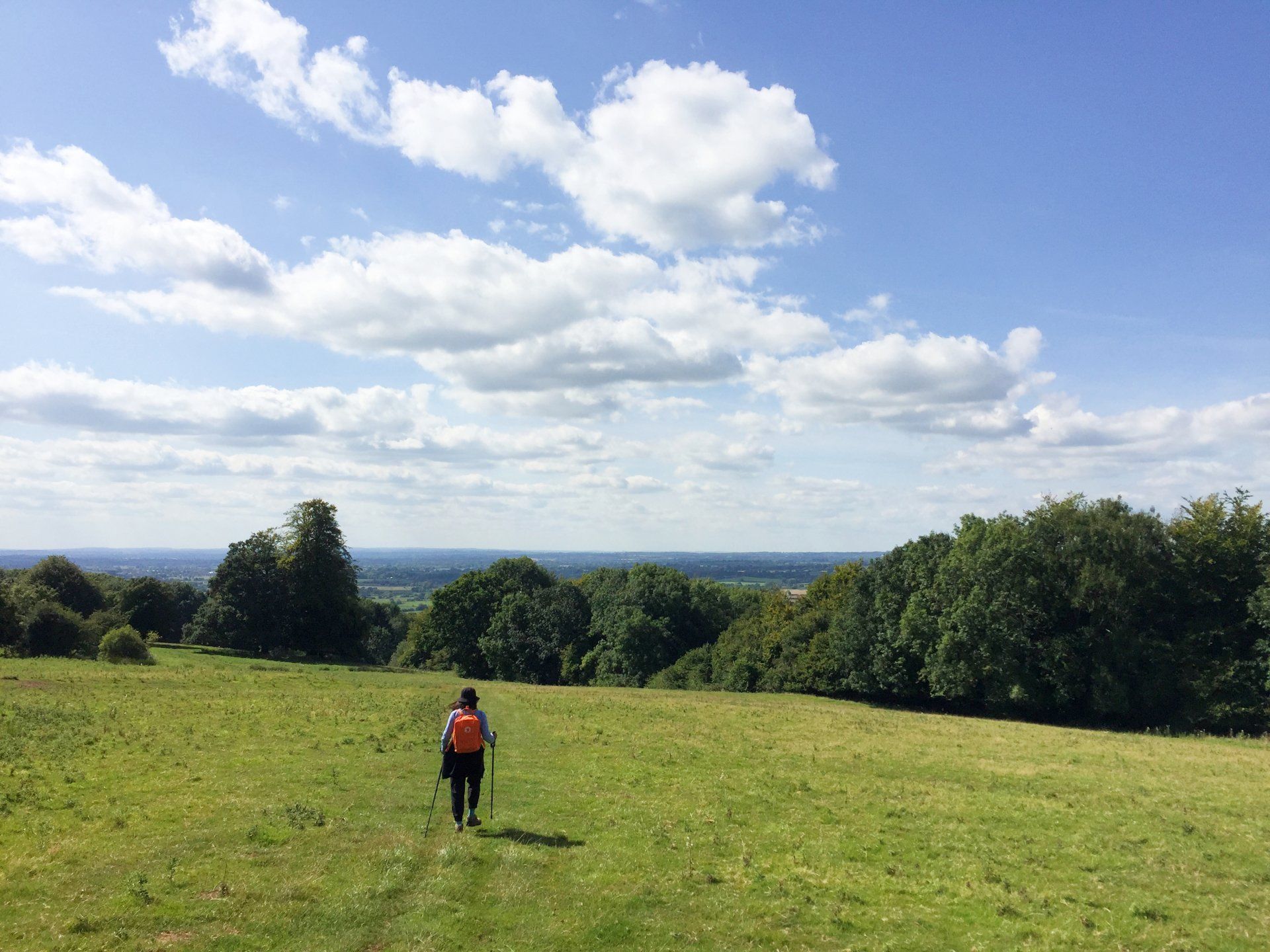Our guide to walking the Cotswold Way National Trail
If you are an enthusiast of the English countryside, or simply enjoy walking and being outdoors, the Cotswold Way will not disappoint. Following this National Trail for 102 miles is one of the best ways to immerse yourself in the beauty of this corner of the world. The trail takes you through fields, up and down emerald green hills, in and out of picturesque villages with honey-coloured cottages and through ancient woodlands.
Read on for some of our top tips on how to make the most of your Cotswold Way tour!
The itinerary – how long will it take to walk all the way to Bath?
Anybody with a reasonable level of fitness can walk 102 miles, even if the distance sounds a little bit daunting at first. People from all walks of life and of all ages can complete this wonderful trail.
Walking the Cotswold Way in 6 or 7 days requires a higher level of fitness. For more time to rest between each section, we recommend spreading out your walking holiday to 9-10 days. This will also give you a chance to spend more time exploring the villages and towns you walk through.
Whether you choose the leisurely 10 days, or the more strenuous 6 days, the sense of achievement upon reaching Bath is guaranteed!
Detours and extras
As if the wonderful views and the picture-perfect villages and towns on the trail were not enough, there are some lovely additions that will make your tour even more memorable.
Cheltenham
The trail offers spectacular views over Cheltenham, but if you wish to take a closer look and explore the town, it is well worth the detour. There is something for everyone in this stunning spa town, from fine art at The Wilson museum or magnificent architecture and natural beauty in Pittville Park, to fine dining, pubs and bars with local cider and ales. Cheltenham is probably most well-known for its racecourse that is home to The Cheltenham Festival, held annually in March and regarded as the most prestigious jump racing event of the year.
Painswick
If you wish to include a rest day, we recommend spending some time in the town of Painswick, located halfway along the Cotswold Way. With the wonderful churchyard and spire of St. Mary’s Church, fascinating galleries and unique shops, the extraordinary Painswick Rococo Gardens, and excellent cafés, pubs, and restaurants, it is not surprising that Painswick is also known as the Queen of the Cotswolds.
Dyrham Park
Dyrham Park is only a short detour from the Cotswold Way. Explore this extraordinary baroque mansion house and ancient parkland where deer roam freely. Enjoying a light lunch in Dyrham Park's Tearooms is also a wonderful way to seek shelter on a rainy day and warm up with a lovely cup of tea.
Bath
A designated World Heritage Site, Bath is brimming with history. There is so much to see and do in the ancient city of Bath that it is well worth spending an extra night or two here. Admire stunning architecture such as the Royal Crescent and Circus, visit the Jane Austen Museum, see the stunning Roman Baths, or relax in the Thermae Bath Spa.
Prepare for the (un)expected
Preparing for the unpredictable English weather should be on top of your list in order to make your walking holiday as carefree as you imagined. Waterproof clothing and sun protection are absolute essentials, as you may experience the full extent to which weather can be changeable in England. If you come prepared, this can also be one of the highlights of the walk: the chance to see the many faces of the Cotswolds as the views change with the weather.
Prepare for the walk and gradually build up your stamina. Try walking regularly, ideally the same distance that you will be walking on average per day on the Cotswold Way. Bring a reliable pair of walking shoes/boots that provide ankle support, pack some sports cream, and do some gentle stretching as you stop for water breaks. We think that one of the most strenuous (and most beautiful) sections is the walk from Painswick to Dursley. If you wish to avoid walking up Cam Long Down after a long day's walk, then stop in King’s Stanley for overnight.
As the Cotswold Way crosses pastures and farmlands, you may encounter herds of cattle. Even though these animals generally do not mean any harm and are just curious, it is best to err on the safe side, especially if they are in the field with their calves. If you notice that cattle are getting a bit too nosy, our advice would be to avoid panicking, walk around the herd quietly, giving them a wide berth, and don’t get between cows and their calves.
Sampling local produce and traditional dishes
Breakfast
Breakfast is probably the most important meal of the day for walkers. A nutritious and flavoursome breakfast will set you up for a good day of walking. Whether you are staying in small B&B's or hotels, there is always plenty to choose from. You can expect options such as fruit, cereal and yogurt, porridge, or cooked breakfast options, such as traditional full English breakfast, or even eggs Florentine.
Lunch
Our top tip: avoid overindulging at lunchtime, otherwise it will probably be quite difficult to continue walking for the rest of the day. It may be best to just enjoy some light refreshments for lunch. Some accommodations offer packed lunches, and there are plenty of shops, cafés, pubs, and tea rooms on the way. You may find that snacks like fruit, nuts and seeds, biscuits, healthy bars and water will be plenty to keep you going during the day.
Evening meal
The options are virtually endless: pubs, restaurants, and even some B&B’s offer excellent dinner and home-made meals to comfort the weary walker.
Highlights
The Cotswold Way features some of the most famous landmarks of the Cotswolds; it leads through picturesque villages, passes the iconic Broadway Tower and climbs up to Cleeve Hill, the highest point in the Cotswolds. You will also discover hidden gems, such as the lush vegetation of the ancient Penn Wood, with the beautiful ferns and the smell of wild garlic, or the wooden box in Dyrham Wood, filled with messages written by walkers from around the world. It is very interesting to read the stories!
One of the most memorable highlights is seeing Bath for the first time from the surrounding hills in the distance, and then reaching Bath Abbey, overjoyed by the sense of achievement and the beauty of the city.
More from our blog
